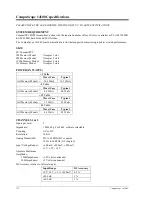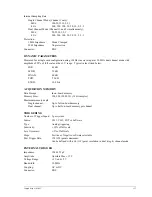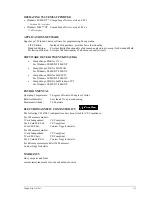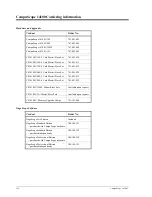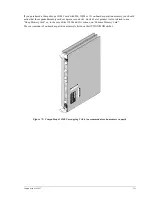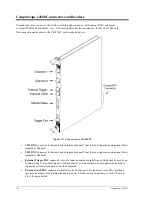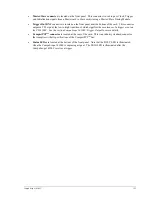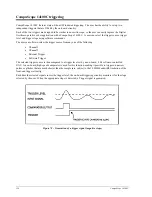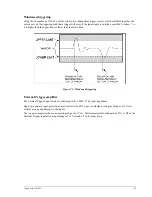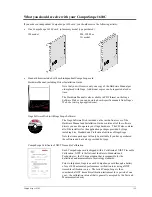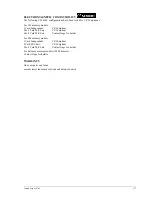
126
CompuScope 14100C
CompuScope 14100C External Clock
External clocking is a very powerful feature in a digitizer. It allows the user to synchronize the digitizer to an
external system.
On the CompuScope 14100C, external clock signal must be a continuous sine wave signal of amplitude between
1 V RMS and 2 V RMS. Note that the external clock input is AC coupled, so DC biases get canceled.
In single channel mode, the allowable external clock frequency is between 40 MHz and 100 MHz. Sampling is
done on each “rising edge” of the sine wave.
In dual channel mode, the allowable external clock frequency is between 20 MHz and 50 MHz. Sampling is
done on each “rising edge” of the sine wave.
Note that high-resolution waveform digitizers are very sensitive to phase noise and duty cycle of the external
clock input. All efforts should be made to minimize jitter and distortion on the external clock signal.
Care should be taken not to inject a TTL or CMOS signal (0 to 5 Volts) into the external clock input, as it may
result in saturation of the input circuitry.
Summary of Contents for CompuScope 85GC
Page 6: ......
Page 24: ...18 Installing CompactPCI PXI Master Slave multi card systems Notes...
Page 30: ...24 Memory organization on CompuScopes except for CS85GC Notes...
Page 75: ...Driver installation guide 69 Help About CsTest...
Page 76: ...70 Driver installation guide Notes...
Page 90: ...84 CompuScope 85GC Notes...
Page 174: ...168 Notes Notes...

